Attributed to Henri Gascar (Paris, 1635 – Rome, 1701)
Oil on canvas, oval shape.
Dimensions: h. 60 cm, w. 47 cm
Carved giltwood frame with oak leaves and acorns, Louis XIV period
Framed dimensions: h. 80 cm, w. 67 cm
Magnificent portrait of Françoise d'Aubigné, Marquise de Maintenon (1635-1719) seductive by her refinement and her charm.
The intense color palette, highlighting the young woman's white flesh, enchants with its splendor.
Portrait seated, turned three-quarters, seen from the knees, she looks cheerfully at the viewer with her large brown eyes with slightly lowered eyelids, which give her a languid air.
Her right arm rests gracefully on a red cushion, while the left arm is stretched towards the foreground, the palm of the hand open and the index finger extended seems to signify an opening or an invitation...
Her delicate face with a fresh and smooth complexion appears in a mass of curly brown hair styled in the Hurluberlu style. She is adorned with a pearl necklace and earrings.
She is dressed in a white blouse decorated with rich lace, subtly untied at the chest, a gray satin dressing gown embroidered with gold foliage and lined with pink satin attached to her shoulder by a pearl clasp.
Her right shoulder is covered with a wide azure blue stole embroidered with gold.
A sumptuous brocade curtain fringed with gold serves as a backdrop for the young woman's slender figure, while the partial opening onto a grove embellishes the composition.
Our work is attributed to the painter Henri Gascar, a successful portraitist active in France and England in the years 1670-1690. A recognizable style, close to Pierre Mignard, with whom he is often confused, with a virtuosity and a spring palette full of freshness he depicts many women of the court, in his slightly frivolous approach, the sumptuous fabrics intensely colored mingle with the sparkling white flesh against a backdrop of green landscapes or luxury interiors.
Henri Gascar was a favorite painter of Madame de Montespan before he left the court of France for that of England in 1674. It is very likely that it was thanks to the latter that Madame de Maintenon and Henri Gascar were put in contact. The portrait was probably painted in the 1670s (the Hurluberlu hairstyle was fashionable between 1670 and 1676 approximately).
Madame de Maintenon, widowed in 1660, enjoyed a decade of freedom, even taking a lover before becoming governess of the Children of France in 1669 (children of Louis XIV and his lover Mme de Montespan), and forging a reputation of a pious and devout woman.
Our portrait presents in its treatment the many similarities with the large portrait of Madame de Montespan in her castle of Clagny (Henri Gascar, private collection).
The position of the model and the intense colors are also very close to the portrait of Madame de Montespan, formerly attributed to the workshop of Pierre Mignard (Chateau de Versailles, inv. MV 6610, oil on canvas, 114x89 cm), but whose authorship of the work must obviously be ligiven to Henri Gascar
Henri Gascar (1635, Paris - 1701, Rome) (also Gascard or Gascars) was a French portrait painter.
Working early in his career in Paris for Madame de Montespan, among others, he was invited to the London court in 1674 under the patronage of the Duchess of Portsmouth, who secured him numerous commissions.
Upon his return to Paris, Gascar was elected a member of the Royal Academy on October 26, 1680. He then went to Rome, where he enjoyed a great reputation and died there on January 1, 1701, at the age of 66.
Françoise d'Aubigné (27 November 1635 – 15 April 1719), known first as Madame Scarron and subsequently as Madame de Maintenon, was a French noblewoman and the second wife of Louis XIV of France from 1683 until his death in 1715. Although she was never considered queen of France, as the marriage was carried out in secret, Madame de Maintenon had considerable political influence as one of the King's closest advisers and the governess of the royal children.
Born into an impoverished Huguenot noble family, Françoise married the poet Paul Scarron in 1652, which allowed her access to the Parisian high society. She was widowed in 1660, but later saw her fortunes improve through her friendship with Louis XIV's mistress, Madame de Montespan, who tasked her with the upbringing of the king's extramarital children. She was made royal governess when the children were legitimised, and in 1675 Louis XIV granted her the title Marquise de Maintenon. By the late 1670s, she had essentially supplanted Montespan as the king's maîtresse-en-titre.
After the death of Queen Maria Theresa in 1683, Madame de Maintenon married Louis in a private ceremony. She came to be regarded as the second most powerful person in France, and her piety had a strong influence on her husband, who became firmer in his Catholic faith and had no more open mistresses. In 1686, she founded the Maison royale de Saint-Louis, a school for girls from impoverished noble families, which had a significant influence on female education under the Ancien Régime. After Louis XIV's death in 1715, Madame de Maintenon retired to Saint-Cyr, where she died four years later at the age of 83.
























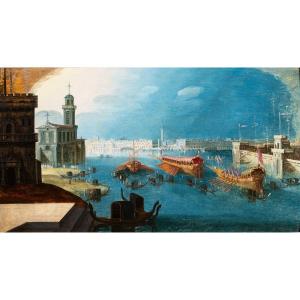
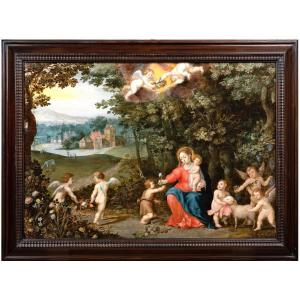





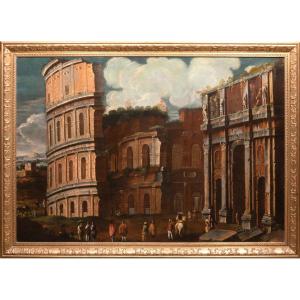
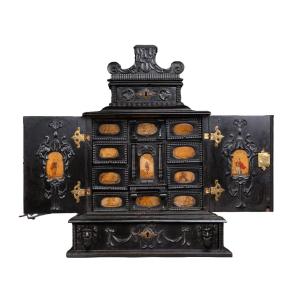

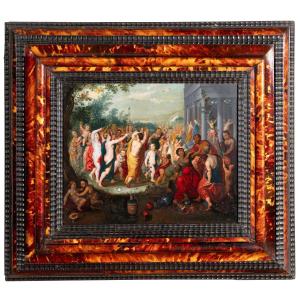


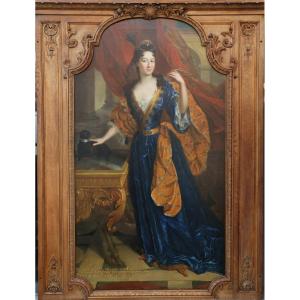


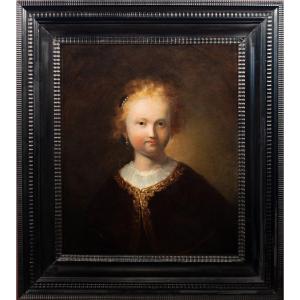




 Le Magazine de PROANTIC
Le Magazine de PROANTIC TRÉSORS Magazine
TRÉSORS Magazine Rivista Artiquariato
Rivista Artiquariato